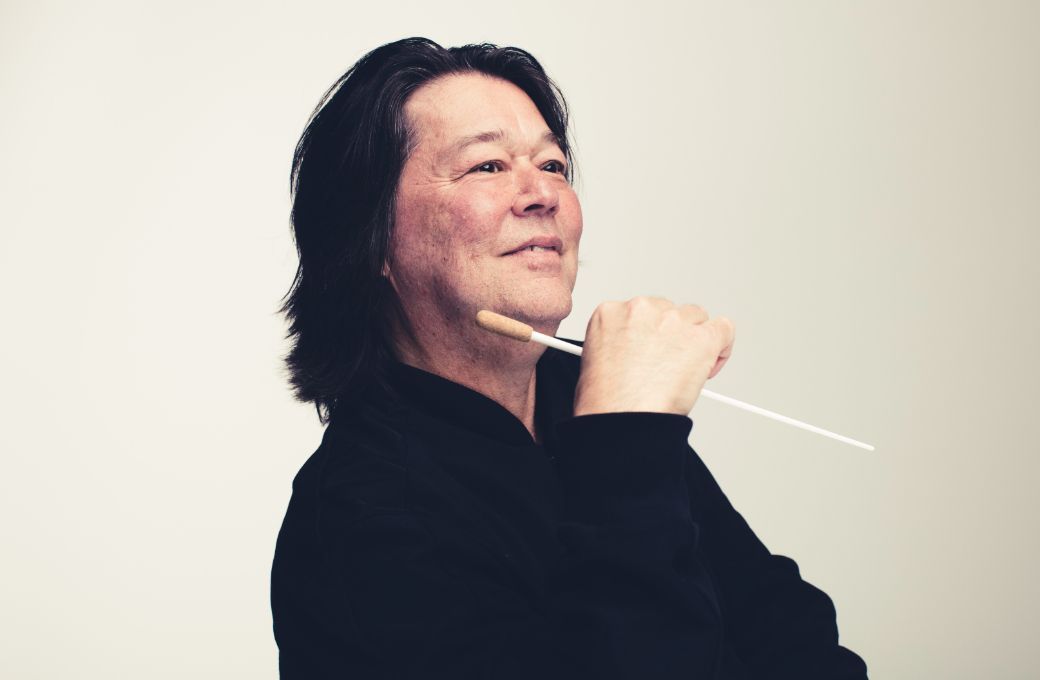Musique Amérique, the slightly mischievous title that the Scottish Chamber Orchestra gave to this concert, raises an obvious question about the music: is it American or is it French? The point, of course, is that it’s both and, in fact, this whole programme was about cross-fertilisation; not just that of cultures from different sides of the Atlantic, but of different forms of music: high and low, classical and jazz.

Step forward Darius Milhaud. If he and his fellow members of Les Six had appeared at any other juncture in French music then they would surely be far better known (and more frequently performed) than they currently are. As it stands they fall between the two stools of sensual impressionism and avant-garde modernism, so they’re often overlooked in between those two influential giants. What a pity: if there’s one thing Milhaud’s La Création du monde deserves to be known for then it’s the tremendous sense of fun it exudes! The trick, I suspect, is in the scoring: a smallish band of mostly singly-scored instruments in which Milhaud manages to combine the seriousness of a classical score with the carefree lightness of a jazz band. Even more impressively, he manages what so many composers attempt but so few achieve: an effective synthesis of classical and jazz. His opening, with its wheezy sax and badly behaved trombone, sets the tone terrifically. Primordial chaos never sounded so sleazy, and it’s even better that it’s rounded off with a racy fugue, outrageously kicked off by a solo double bass.
Every SCO musician sounded like they were having an absolute whale of a time as they played Milhaud’s inspired fusion, as though they were getting stuck into a treat they rarely get to taste. The ending took things to a new level, with its rip-roaring clarinet and its swinging melody. If the birth of a new world is going to sound like this, then count me in!
Speaking of clarinets, the SCO’s own principal clarinet, Maximiliano Martín, was terrific as the soloist in Copland’s Clarinet Concerto. The opening melody seemed gently to float in from nowhere, and he spun out the line of the first movement with vocal mellifluousness. He played the rippling, dazzling cadenza as though executing a flawless tightrope walk, foreshadowing an edgy finale with shards of sound flying in every direction. The orchestral texture of strings and wide-open harmonies sounded gorgeously evocative, the violas emerging beautifully in the first movement, while the second had an edge of experimental excitement that you only rarely associate with Copland.
Martín also brought out the lyricism in Bernstein’s Sonata for Clarinet and Piano, a work that’s always searching for something but never really settles. It’s not helped by how widely known the composer’s later music is because it’s mostly Bernstein sounding most unlike himself, seemingly channelling influences ranging from Debussy to Bernard Hermann. Sid Ramin’s orchestration helped, the piano’s line spread out across the string orchestra with an actual piano adding a line of its own in places, though there’s a rather odd sequence for xylophone.
Much more successful was Poulenc’s cheery Sinfonietta, its kaleidoscopic glitters of sound played beautifully by the orchestra and delicately drawn by conductor Joseph Swensen. It repeatedly struck me what a cracking piece this is, bursting with terrific tunes and sensuous harmonies. Why on earth don’t we hear it more often? Is it because of that in-between problem that I mentioned above? It’s our loss, if so. Swensen was certainly enjoying himself as he conducted it: I can’t remember the last time I saw a conductor shoogling his shoulders so suavely.


